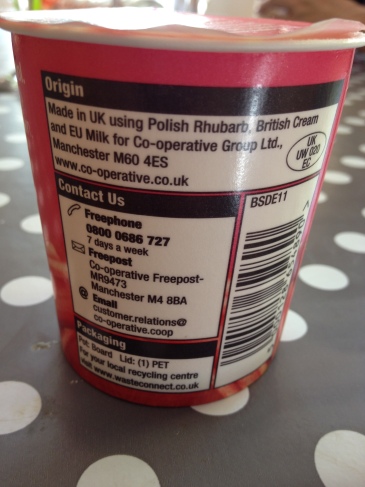A Lego-Style take on Modern Mobile Phone Technology

Phonebloks is a concept for a mobile phone made of swappable components that fit together like blocks of Lego.
“It is basically made to be upgraded and repaired,” explains Hakkens, who was speaking at the Design Academy Eindhoven graduation show during Dutch Design Week last week, before his collaboration with Motorola was revealed.
“Usually we throw [a mobile phone] away after a couple of years, but this one is made to last.”
He continues: “You throw away a lot of good components [when you throw away a phone], because usually it’s only one item that is broken. With this phone you can only throw away components that are actually broken, or need repairing or upgrading.”
“If it’s getting slow you only upgrade the speed component, if you need a better camera you only upgrade the camera component. In this way you can keep the good stuff and the bad stuff you upgrade.”




